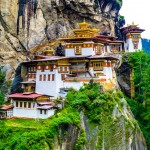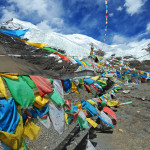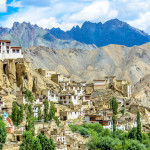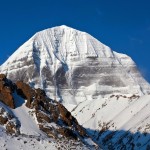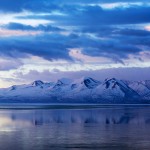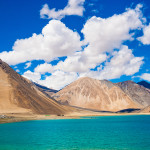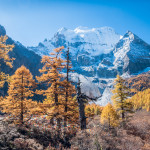Weather in Tibet
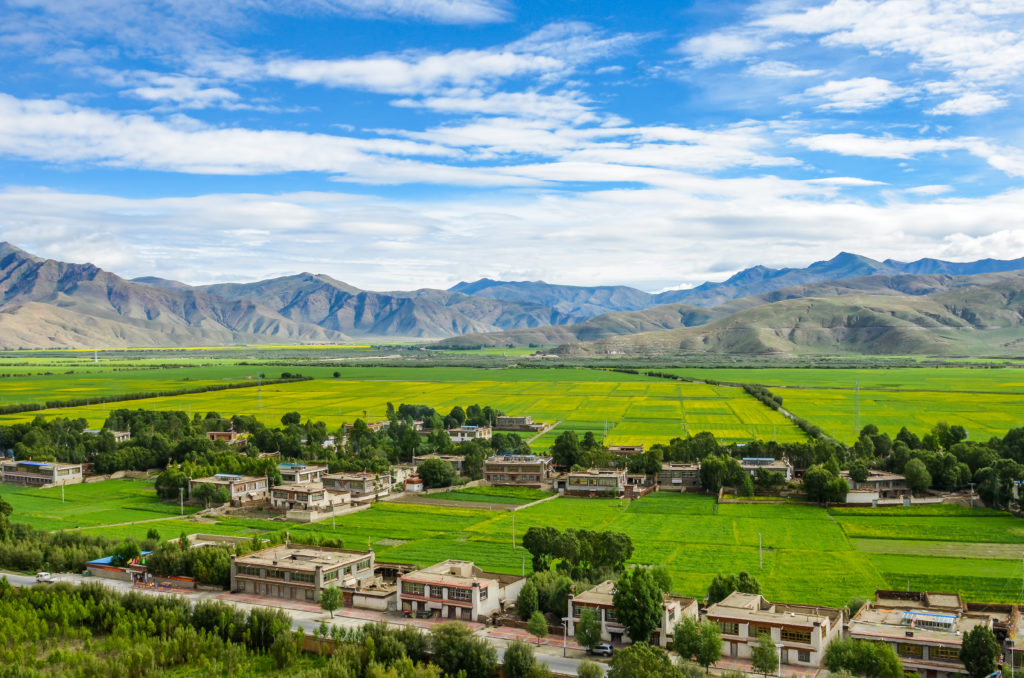
Tibet has a reputation as being a frozen, snow-covered region. But is it really? Read on and be surprised about what weather to expect in Tibet!
Weather to Expect in Tibet
Tibet has a reputation as being a cold, frozen place. It is nicknamed “The Land of Snows“, after all! In reality, Tibet is not nearly as cold or snowy as you might think. With proper clothing, Tibet can actually be visited just about all year round. Continue reading for info on what temps to expect, how much rain/snow you will encounter and our advice on the best months to visit Tibet.
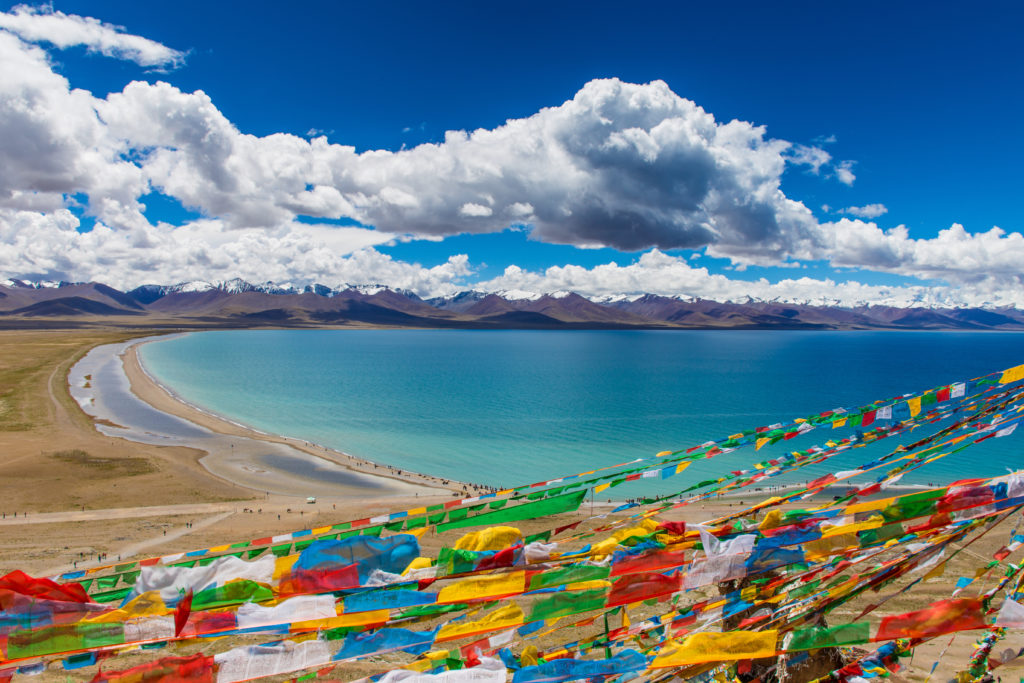
Temperatures in Tibet
Here are the average temperatures to expect in the main areas of Tibet for each season. Tibet is in the northern hemisphere with winter being December—March, spring being April thru June, summer being July—August and autumn being September thru November. Be advised that on high mountain passes, which are found throughout Tibet, the windchill can be lower than the temperatures listed below. When stopping at mountain passes, always be sure to put your coat on, and if necessary, a hat and gloves.

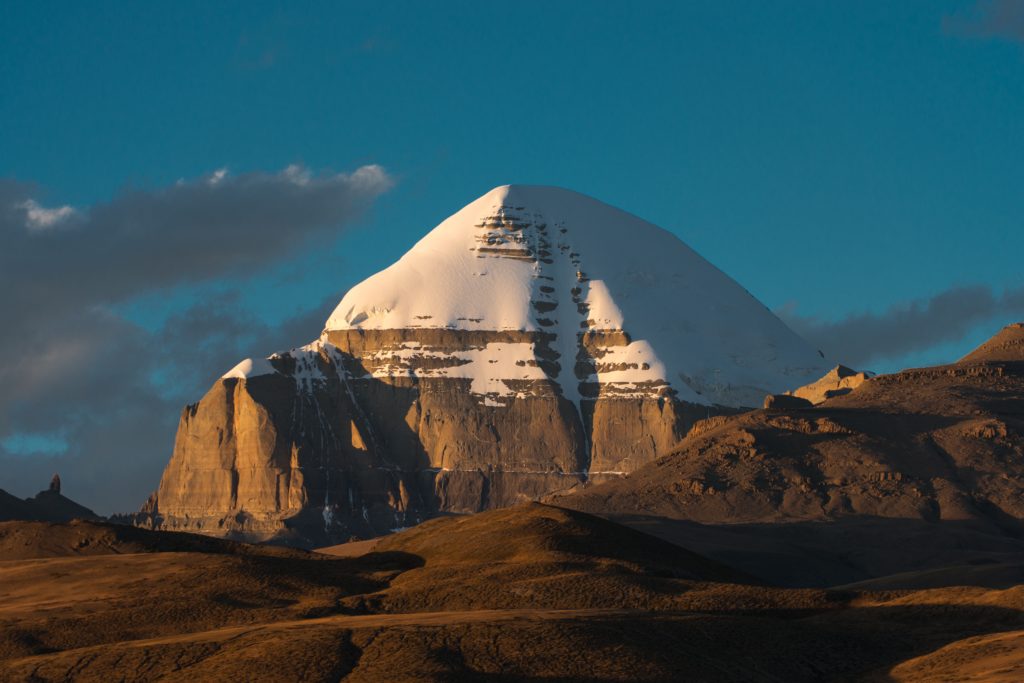
The Dry Season
Most of Tibet is quite dry as it is largely a high altitude desert. The dry months are January thru early June and again from late September thru December. These months typically see little precipitation and are good months to get good, clear views of the mountains, including Everest. You can see some light snow in December and January in Tibet, but the snowfall amount is generally light. More snow can fall in Tibet in February and March, however, these 2 months Tibet is closed to foreign travelers.
The Rainy Season
Though Tibet receives far less monsoon rain than neighboring countries like Bhutan, Nepal and India, it still does have a rainy season. Starting in mid to late June, some clouds begin moving across the Himalayas from the south. By late June/early July thru early to mid September, rain comes to many areas of Tibet. Again, the rain totals are a fraction of what falls on the south side of the Himalayas, but rain is certainly possible during this time frame. Rain normally does not last all day, but lasts for up to an hour at a time. Many of Tibet’s high peaks, like Everest, can be hidden in clouds during the rainy season. Mt Kailash and far Western Tibet have a different climate and see less rain that other areas of Tibet, so trekking Kailash in July and August is fine.
Best Time to Visit Tibet
So, when is the Best Time to Visit Tibet? That is hard question and really depends on what you are wanting to do on a journey to Tibet. If you are more interested in culture and religion, anytime of year is fine. If you are going to Tibet to see big mountains, the spring and autumn are best. Here are my suggestions based off of 15 years spent living in Tibet full-time and 20+ years of climbing, trekking and exploring the area.
- Route from Lhasa to Everest: The best months for this route are April, May, October and November. These months are almost always dry and clear allowing for excellent views of Everest and other big peaks. My all-time favorite time frame for this journey is from mid October thru mid November as there are far fewer travelers in Tibet during that time. This route can be done in the winter months of December and January, but dress warmly…it can get a little cold.
- Route from Lhasa to Everest and Kathmandu: Like the route above, The best months for this route are April, May, October and November. You can also do this route in December and January as long as you are prepared for colder weather. Due to rock and mudslides caused by monsoon rains in Nepal, Himalaya Journey does not offer this journey from June thru mid September. Your safety and well-being are too important to us to operate this route during the potentially dangerous monsoon months.
- Mt Kailash Trek: The best time to do this trek is from late April thru late October. If you do this trek in early April, there will likely be heavy snow on the high pass along this trek. Many agencies, including Himalaya Journey, will not operate this trek from November thru the winter due to the risk of extreme cold or heavy snow. My favorite months to do this trek are May, June and October (with October being my all-time favorite month). The reason is that there are fewer trekkers along the mountain during these months and the skies are generally clear. In October, you are likely to have BLUE skies each and everyday. Be advised that in July and August there are usually a lot of pilgrims from India at Mt Kailash. It is common to see many hundreds of trekkers each day during those months.
- Lhasa and Central Tibet: This area can really be visited anytime of year, though the best months are April thru June, and again from September thru December. The months of July and August bring tens of thousands of Chinese tourists to Lhasa EACH DAY, so those months are not highly recommended.
Can I Visit Tibet in Winter?
The winter months in Tibet are December, January and February. Though it might sound crazy, you can absolutely visit Tibet during these months. While these months will certainly be colder and will require you to dress warmly, there are far more Tibetan pilgrims in Lhasa during the winter months, the skies are almost always clear allowing for good mountain views and travel costs during that time are lower. In fact, this past January I stayed at the St Regis (the best 5 star hotel in Lhasa) and paid only 1/3 the cost compared to the high season rate! Plus, there are almost no other travelers in Tibet during that time. Some areas of Tibet are closed in winter, including Nam Tso Lake and the Kailash trek, but most other areas are completely open including Lhasa, the route to Mt Everest, and the road to Kathmandu.
What to Pack for Tibet?
For information on what to pack for your journey to Tibet, go to the following link: Packing List for Tibet
If you have any questions about the Weather in Tibet, let us know! Unlike most other travel companies in Tibet, we spend many months each year in the Himalayas climbing, trekking and exploring. Let us give you our advice based on our vast experience. Email us at: info@himalayajourney.com

 How to Book a Journey
How to Book a Journey 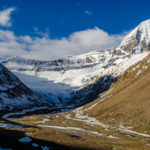 Tibet Top 10 Places to Visit
Tibet Top 10 Places to Visit 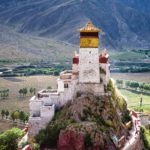 China Visa going to Tibet from Nepal
China Visa going to Tibet from Nepal 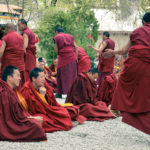 China Visa going to Tibet from China
China Visa going to Tibet from China 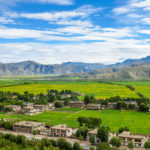 Weather in Tibet
Weather in Tibet  What to Pack for Mt Kailash Trek
What to Pack for Mt Kailash Trek  Tibet Packing List
Tibet Packing List 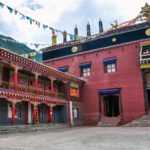 Hotels we use in Tibet
Hotels we use in Tibet 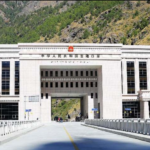 Tibet Nepal Border Open
Tibet Nepal Border Open  Tibet Travel Information
Tibet Travel Information 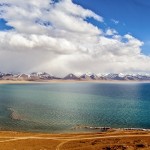 Tibet
Tibet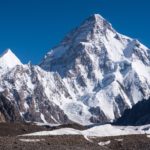 Pakistan
Pakistan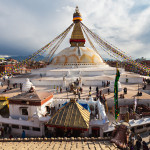 Nepal
Nepal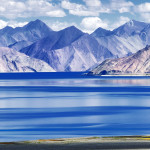 India
India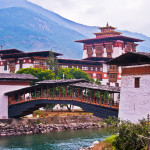 Bhutan
Bhutan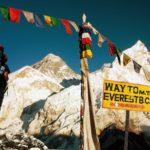 October 2024 Nepal Everest Base Camp Trek
October 2024 Nepal Everest Base Camp Trek 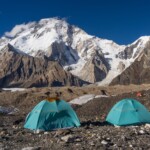 July 2022 Pakistan Broad Peak Climbing Expedition
July 2022 Pakistan Broad Peak Climbing Expedition 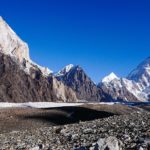 June 2022 Pakistan K2 Base Camp Trek
June 2022 Pakistan K2 Base Camp Trek 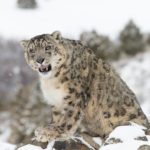 September 2023 Tibet Snow Leopard Expedition
September 2023 Tibet Snow Leopard Expedition 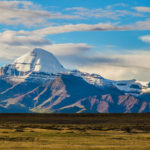 June 2023 Tibet Everest and Kailash Trek
June 2023 Tibet Everest and Kailash Trek 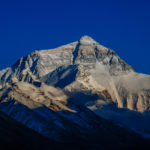 April 2023 Overland from Lhasa to Everest and Kathmandu
April 2023 Overland from Lhasa to Everest and Kathmandu  2022 Mount Everest Adventure
2022 Mount Everest Adventure 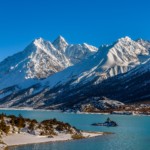 2022 Tibet Tours
2022 Tibet Tours 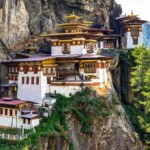 2022 Bhutan Tours
2022 Bhutan Tours 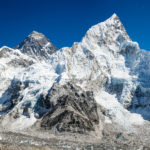 2022 Nepal Everest Base Camp Trek
2022 Nepal Everest Base Camp Trek 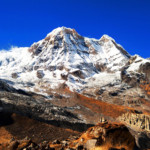 2022 Nepal Annapurna Base Camp Trek
2022 Nepal Annapurna Base Camp Trek 